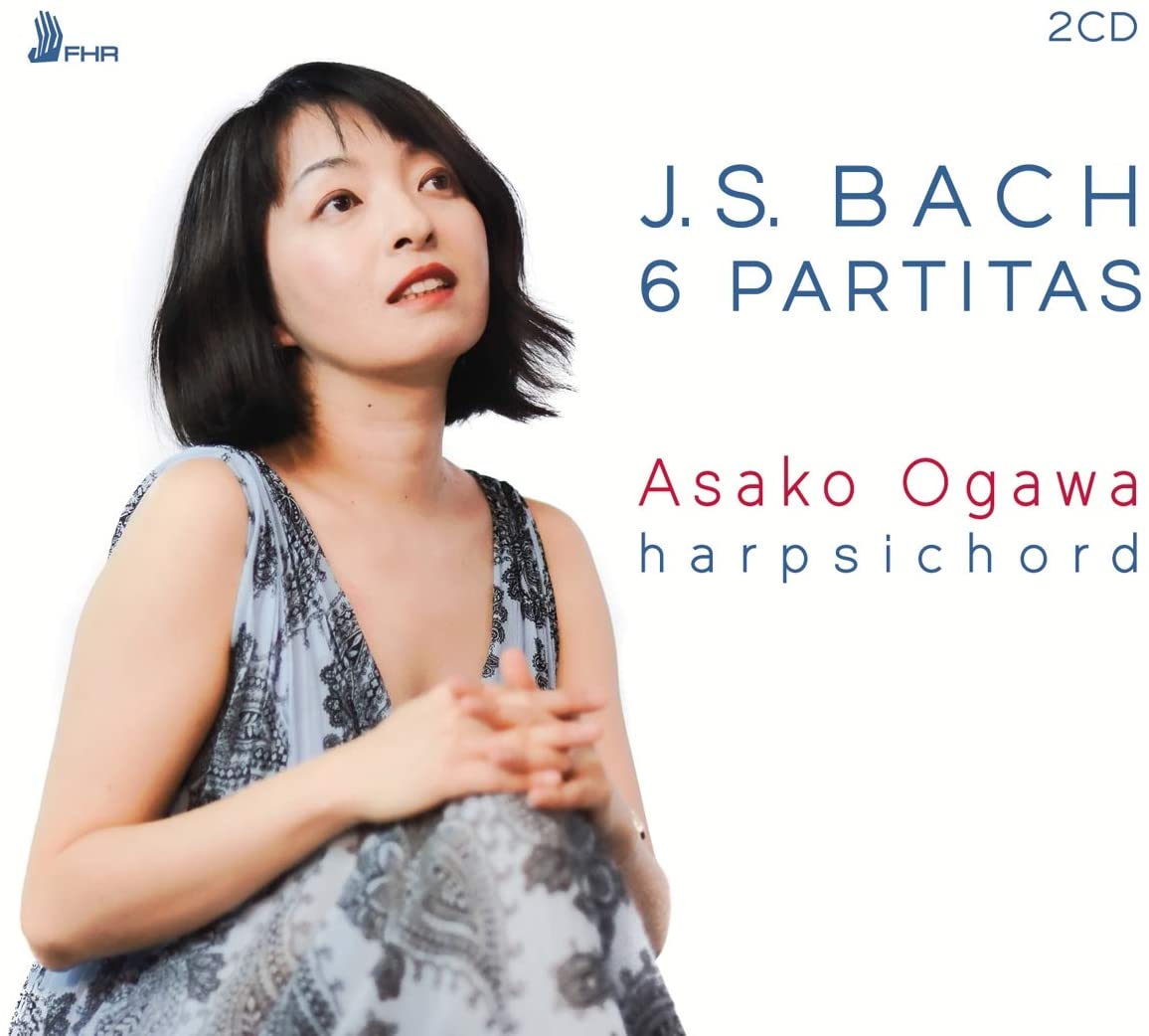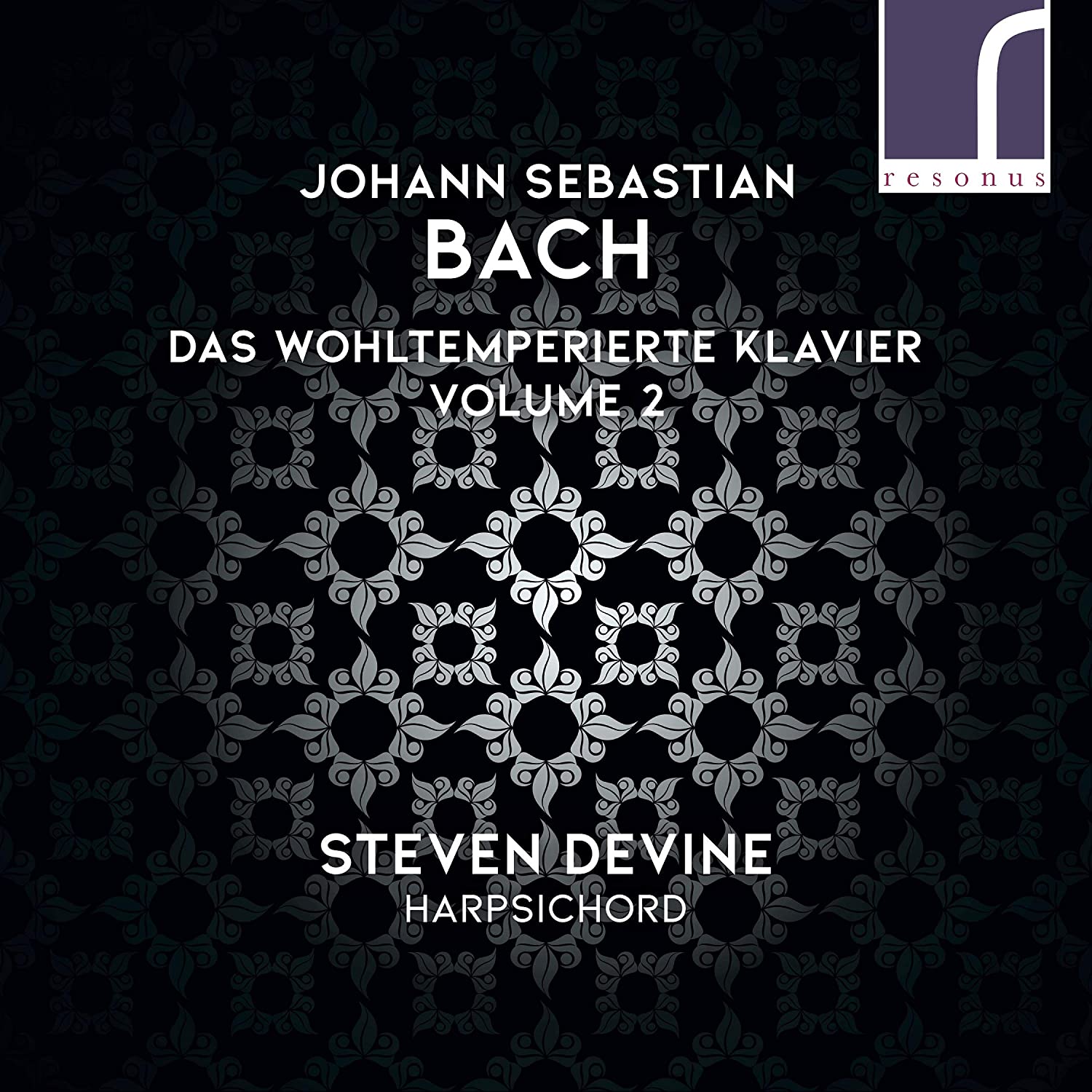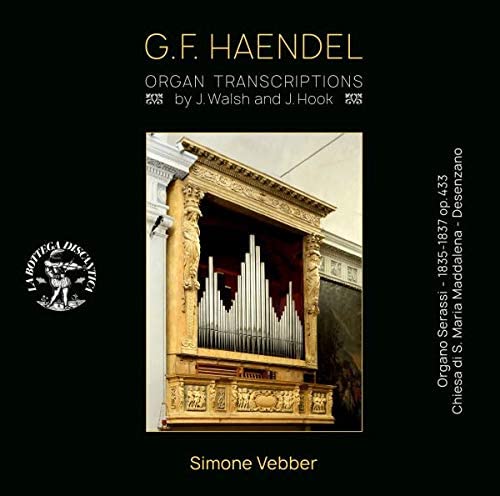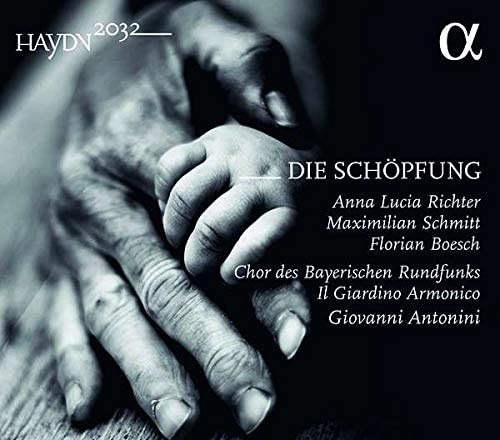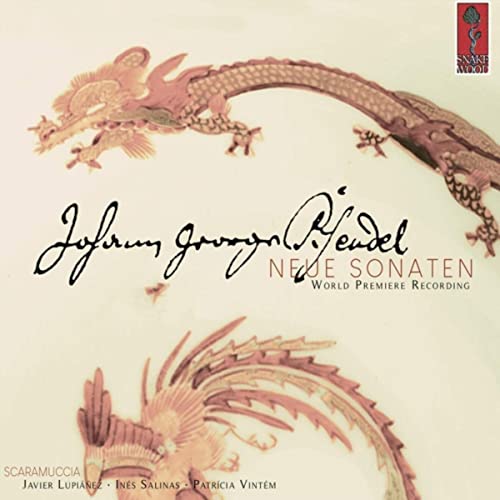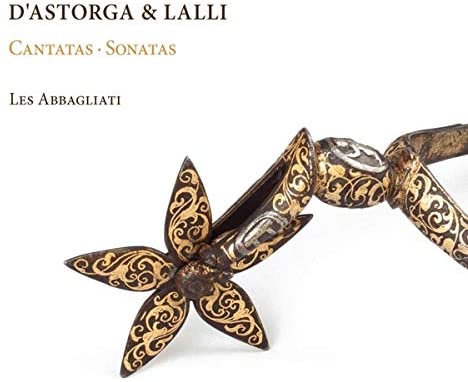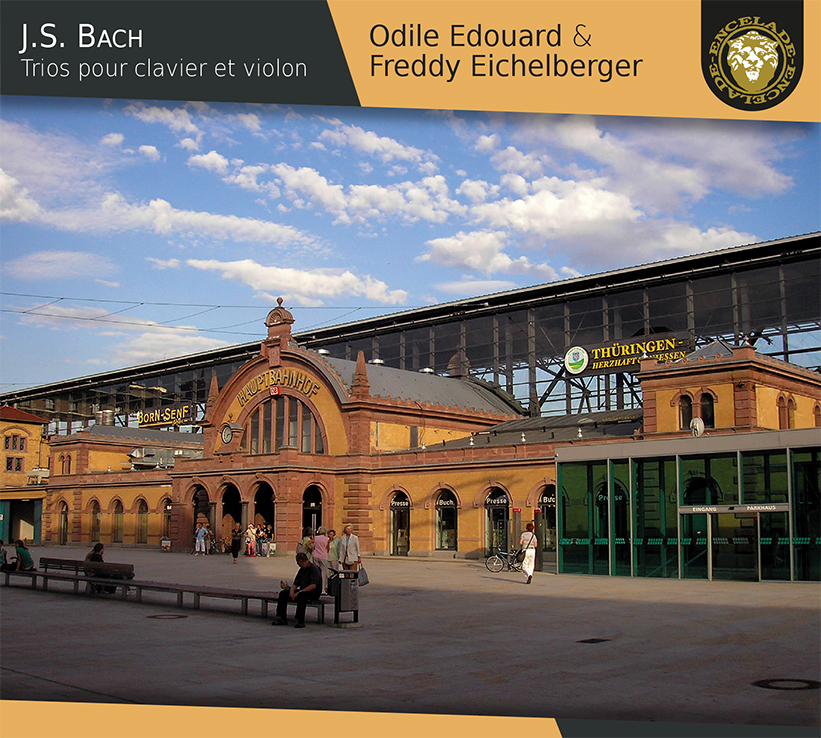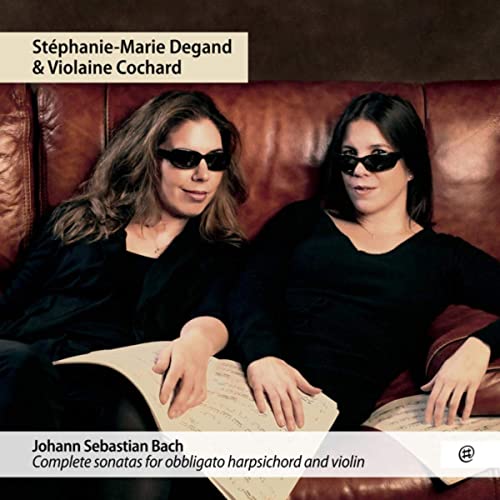Asako Ogawa harpsichord
150:31 (2 CDs in a card tryptych)
First Hand Records FHR92
Click HERE to buy this on amazon.co.uk
Asako Ogawa, an accomplished harpsichordist and accompanist, is based in the Guildhall, where her harpsichord teachers included Nicholas Parle (who produced this recording), James Johnstone and Laurence Cummings, with Steven Devine for fortepiano. As you may imagine with this pedigree, she plays elegantly on a harpsichord by Alan Gotto, 2009, after Jean Goermans/Pascal Taskin, 1764/1783, and writes her own intelligent liner notes on the Partitas and their place in Bach’s output. She recorded them in the Church of the Ascension, Plumstead this summer, so her calling card has been produced in time for pre-Christmas publicity.
I found her lyrical playing engaging from the start: the imitative writing in the opening Praeludium in the B-flat Partita is limpid and elegant on the upper 8’ and in this as in so many other movements you can sense the implied counterpoint. Her ornaments in the repeats are stylish and the choice of registration seems apt. It is certainly varied, and the contrast between the buff stop on the main 8’ she uses for the Minuet I in this Partita and the slightly thinner 8’ on the upper manual for Minuet II is telling. But it brings into stark relief an irritation that I find detracts from the admirable playing. That is the distinctly audible hard metallic chip on the d above middle C on the lower 8’ register, which is the major third in the opening this very key. Whether it might have been a particular trait of the acoustic or could have been solved by re-voicing that one note, I do not know. In general, I like a little individual character in the voicing of ranks (on organs as well as harpsichords), but this is obtrusive. No details are given about the temperament and tuning.
I looked for more details of Alan Gotto’s harpsichords on his website which has sound samples, and in many ways, the Goermans/Taskin double that Ogawa plays seems a good choice for this recording with a good French-style bloom in the middle register. The instrument sampled there certainly doesn’t have a wolf-note on that d, so this must be a peculiarity of that particular instrument, as can happen. In the very French Ouverture of the D major Partita (I.13), the merry clang of the full registration in the opening section certainly masks it and the fugato starts on the upper manual.
For her rhythmic control, listen to the elegant and only slightly inégale Courante in the 2nd Partita, and for contrapuntal clarity the Capriccio at the end of that suite. This is a capable and sensitive player who is intelligently inside the music, and quite capable of drawing us into it. I admire her playing and hope that it shines through the instrument’s infelicity to give her reputation the laurels her playing deserves.
David Stancliffe
